Fully aware of what awaited them, several dozen people lined up at an outdoor mall in the Little Tokyo Historic District of downtown Los Angeles. One by one they went. Step. Pause. Step. Pause. Every few seconds another few feet until it was their turn to be slapped in the face by Antonio Inoki.
Over the course of a legendary life, it became tradition for Inoki to transfer his “burning fighting spirit” onto others. The best way to do that was apparently an open-hand strike to the head — and several years after officially retiring as a titan of professional wrestling, at 190 centimeters and 102 kilograms he still cut an imposing figure nearing his 60th birthday while working the line in L.A. on a trip to Southern California in the early 2000s.
The people stepping up to him on that sunny afternoon shared a similar experience. When it was their turn, they tended to pause just long enough to take a close look at one of Japan’s most famous faces. As their synapses fired and adrenaline spiked, they reflexively braced for a strike that almost always knocked them sideways. And as quick as that happened, they stepped away so Inoki could focus on the next person.
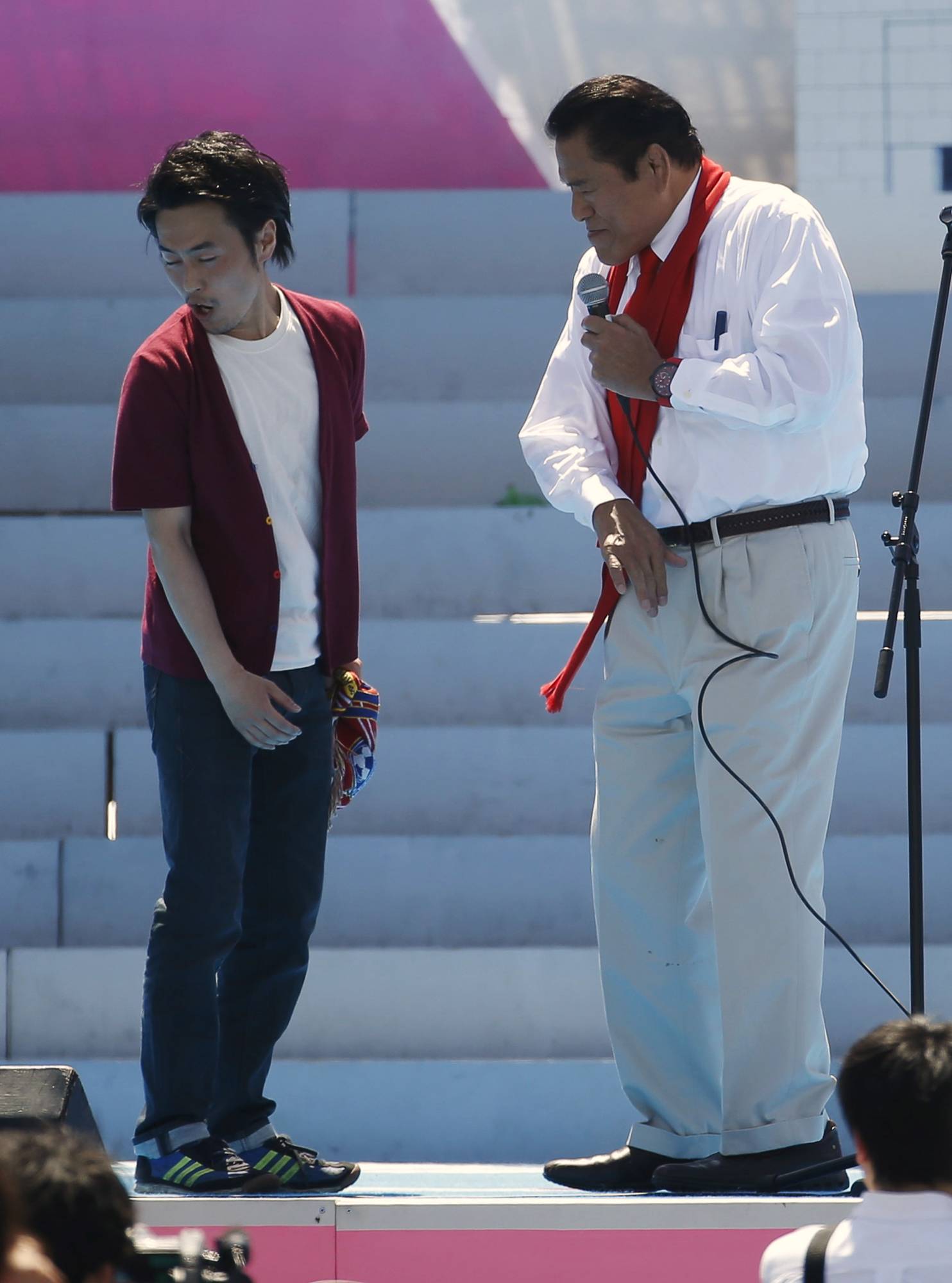
Through most of Inoki’s risk-taking and boundary-breaking time on Earth, which he parlayed into a legacy that is unlikely to be forgotten, absorbing hits and coming back stronger were all in a day’s work. It wouldn’t be until very late in life, during the period preceding his death on Oct. 1 at the age of 79, that the king of the wrestlers lost the strength to pull that off.
As a charismatic and powerful youngster, Inoki was reared by the early dons of Japanese wrestling in the aftermath of World War II. American cultural influence and television sets spread across Japan at a rapid clip, and the nation’s first star attraction of that era, a former sumo competitor named Rikidozan, was the biggest beneficiary.
A complicated figure, Rikidozan rose to fame riffing off anti-Western sentiment. He discovered Inoki in 1960 as an impressive high schooler in Brazil. Athletic enough to excel at track and field while also stout enough to perform manual labor on a coffee plantation during the hottest South American days, Inoki was considered a terrific prospect when he agreed to join Rikidozan and return to Japan, where he was born and raised in Yokohama before his family emigrated to Brazil in 1957.
Soon Inoki learned how to give crowds what they wanted, got a taste of life as a public sensation and was infused with the notion that no one is stronger than a pro wrestler. Determined to be seen as the strongest competitor, he defended and propped up this reputation throughout his life. In many ways, this goal was the basis for almost everything else he set out to accomplish. Rikidozan's shocking death in 1963 at the end of a gangster’s knife only heightened Inoki’s drive as he received more of the spotlight alongside the beloved Giant Baba before their split in 1972.
Inoki's intense competitive and personal ambition fit neatly into the long arc of combat sports history, and Inoki was not ignorant of this. Where paths existed, he walked. Where they did not, he trekked out on his own. Even when things went wrong, which they did, Inoki seemed to come away unscathed. He had a reputation for being a maverick who was better off despite any trouble he may have caused.
Inoki was such a force of nature that he created tributaries for others to explore. His most impressive students grew up in a world in which Inoki was the star and realism was the point. They were obliged to represent the name of the King, and several created kakutōgi (combat sports that do not involve weapons) organizations in Japan throughout the 1980s and '90s that, in a reflection of Inoki’s immense spirit, attempted to prove that professional wrestling was the most effective martial art in the world. And if that turned out to be untrue, then testing, refining and cementing the ways in which it could be useful for unscripted situations mattered all the same.
Alongside Belgian tactician and strongman Karl Gotch, the “God of Wrestling,” Inoki built his “strong style” on the foundation of “catch as catch can” wrestling, which had been popularized around the world at the turn of the 20th century. Grappling matches — legitimate contests featuring submission holds — grabbed the public’s attention before pro wrestling’s evolutionary trail bent toward a base instinct: survival of the business. Ticket-buyers looking for a show eventually got predetermined outcomes featuring pomp, personalities, pulled strikes and acrobatics.
Inoki’s ability to play both sides of the wrestling coin provided him with a sheen of legitimacy. That, and his billing as Japan’s No. 1 wrestler, made him capable of luring Muhammad Ali into a mixed-rules affair at the height of the boxer’s fame. MMA as it exists today would be significantly different had Inoki not pushed this premise of lifting up pro wrestling by using combat sports to the point that he roped in Ali nine months after the "Thrilla in Manila" match against Joe Frazier.
Leading up to their globally marketed spectacle, which foretold the rise of sports entertainment and crossover events that have become increasingly common in the wake of Floyd Mayweather’s bout with Conor McGregor, Ali famously dubbed Inoki “The Pelican.” Keenly aware of the historical importance of the moment, Ali mocked the wrestler’s protruding chin — the physical characteristic that made Inoki among the most recognizable celebrities in Asia — and diminished the competitive resume of arguably the most ubiquitous Japanese person of his generation.
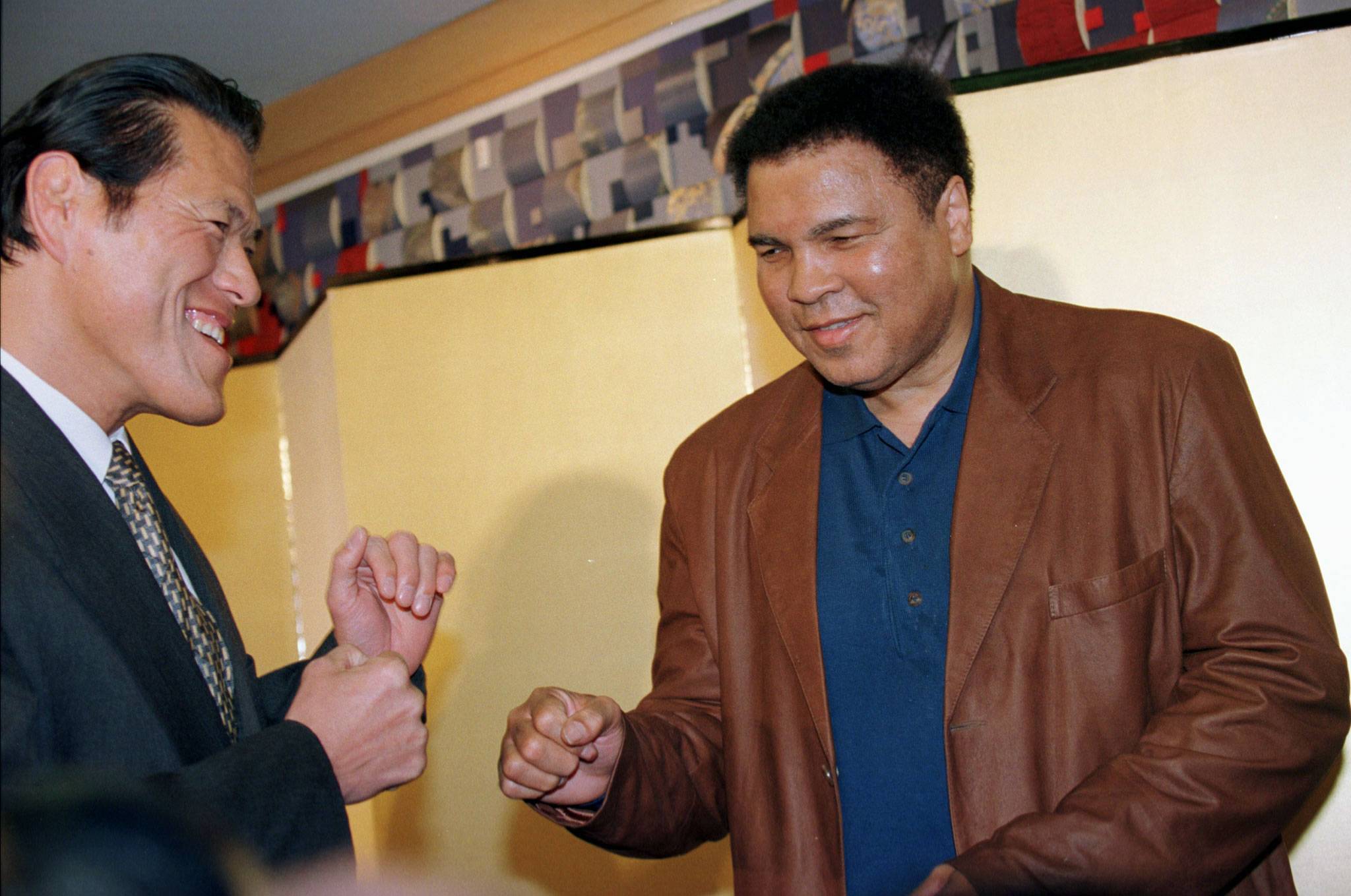
“You need the king of all kings,” the great heavyweight boxing champion roared at Inoki during a press luncheon at the Foreign Correspondents' Club of Japan in Tokyo the week of their contest. “I’m the lord of the ring.”
Inoki tried almost everything so he could make the same claim about himself and have it stick in the public's mind. He attempted to cultivate that reputation by sharing the ring with elite judo players, top karate stylists, Olympic wrestlers and boxers. Much of it amounted to the fiction of pro wrestling wrapped in the realism of martial arts, otherwise known as “Inokisim.” The impulse wasn't revolutionary. Bringing in martial artists to interact with pro wrestlers was in keeping with history, so it made sense.
However, there were limits. At the time of his visit to L.A., serving as an ambassador for Japan’s most important MMA promotion, the Pride Fighting Championships, Inoki was criticized because he kept booking pro wrestlers into MMA fights they didn’t win. Concerned fans and commentators said the poor results could diminish pro wrestling, which was not the outcome Inoki wanted — except, perhaps, in a roundabout way.
If others appeared weak, it could be that they weren’t Antonio Inoki.



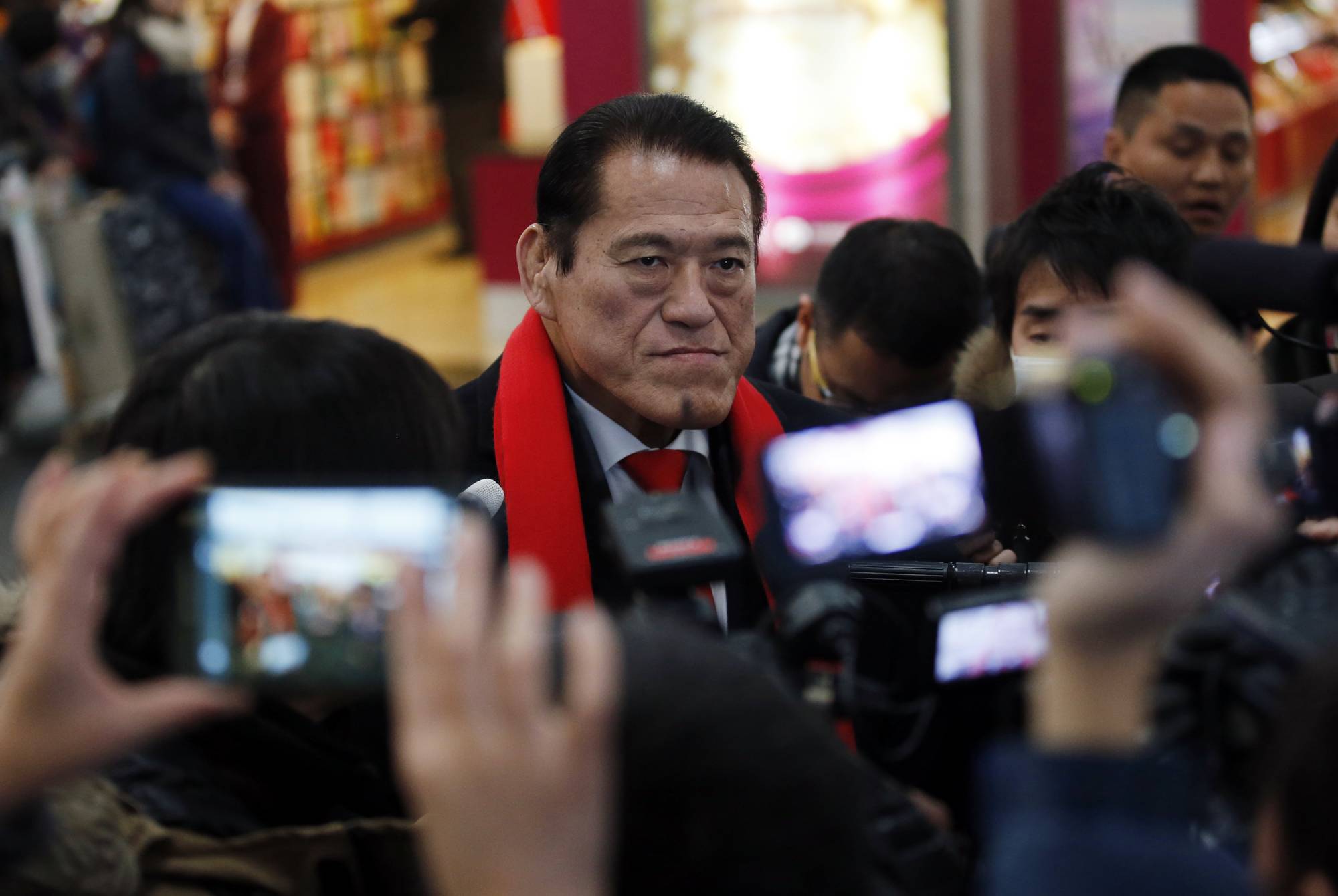
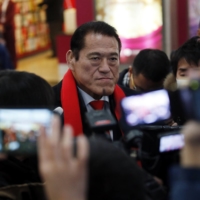
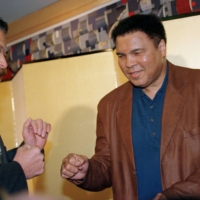
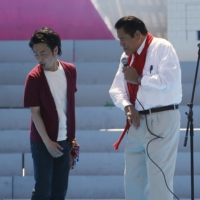















With your current subscription plan you can comment on stories. However, before writing your first comment, please create a display name in the Profile section of your subscriber account page.